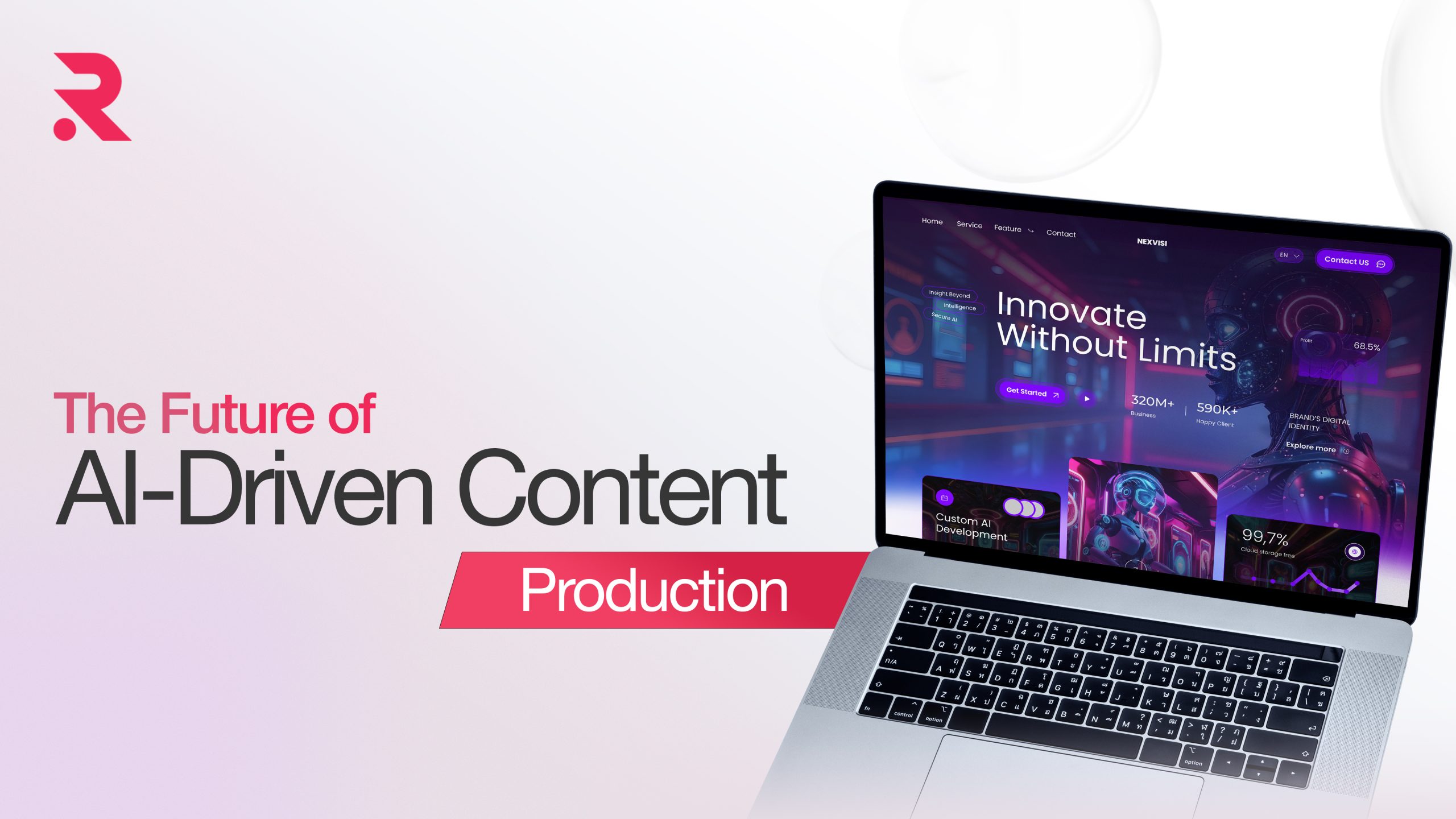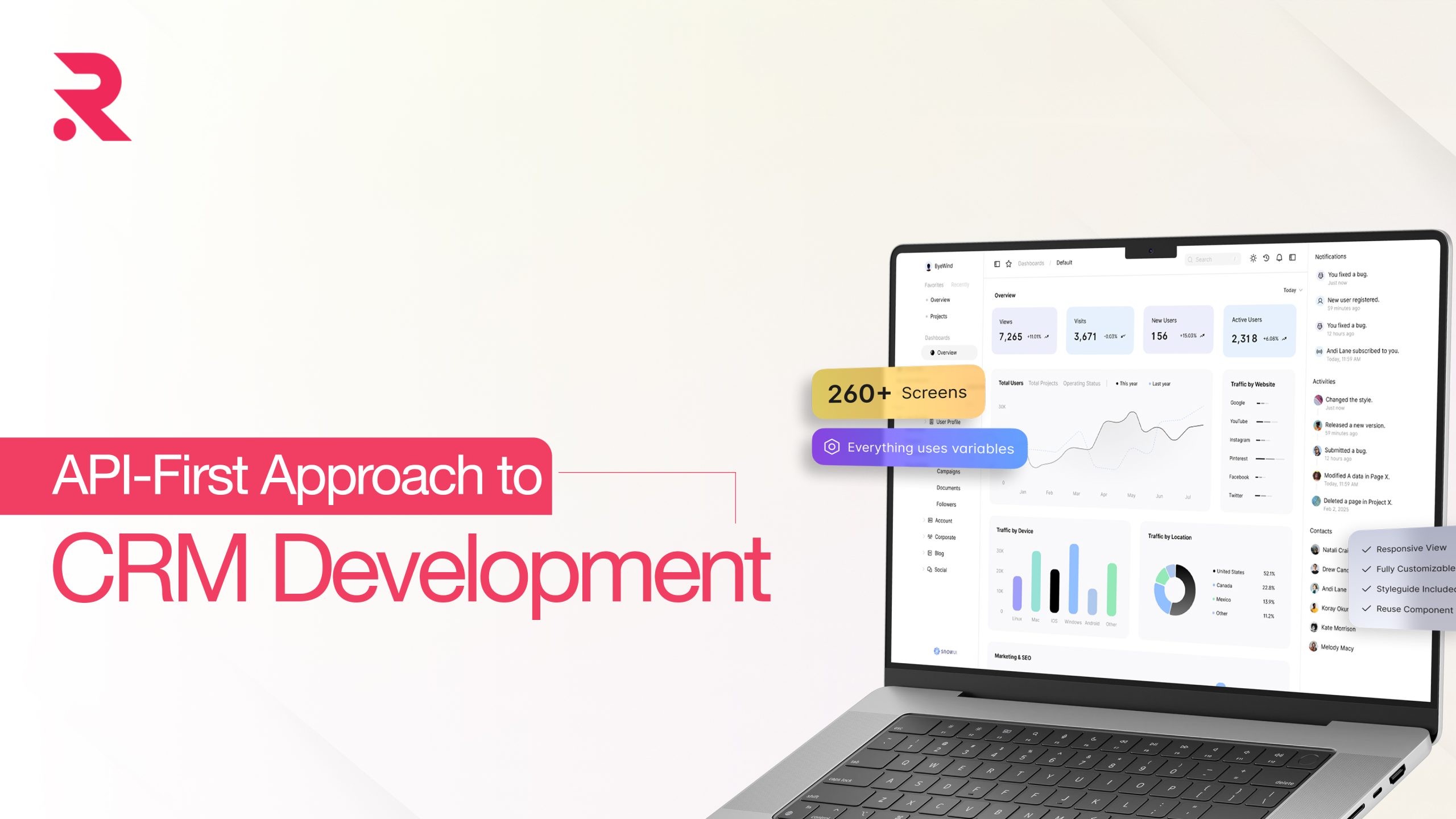Google Ads Trends in 2025: What Businesses Need to Know
With the upcoming new developments and trends, Google ads will be projected to form the future of the platform. To remain competitive and achieve advertising goals in an increasingly complex digital landscape, businesses will have to keep up with these Google Ads trends.
- April 1, 2025
- by Tarun

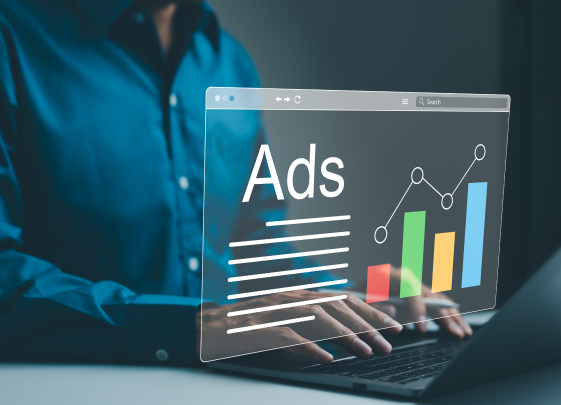
Google Ads has been one of the most efficient tools in digital marketing over the years and has changed according to the changing needs of advertisers and the audience. In the year 2025, businesses will find themselves in an environment of rapid change in the digital marketing landscape, which is brought about by changing consumer behaviour, technological advancement, and the unending innovation in advertising by Google. Therefore, it should be clear to businesses by now that keeping track of trends in Google Ads is vital for sustaining visibility and reaching potential customers adequately.
As Google Ads changes with the times, its advertiser must learn how those new features and their strategies can help in ensuring their own ads stand out and provide optimum return on investment (ROI). In this article, we shall highlight the major trends in Google Ads in the year 2025, which businesses can follow to be updated and to get insights about optimising campaigns for new requirements.
Google Ads Automation and AI Integration
The trend toward automation, such as Smart Bidding and automated ad creation, has been in the Google Ads for quite some time. In 2025, these attributes will be expanded upon with deeper integration of AI and machine-learning algorithms. These technologies will become more sophisticated, as the advertisers further put their faith in automation to operate their campaigns with the least human interference.
Bidding strategies must become so precise that they can help the business maximise its ad spend. Machine learning will analyse data at a speed and scale that outright bypasses human capability, optimising ads 24 hours a day, 7 days a week, for performance improvements. As this evolution continues, advertisers will have to adjust their game for automation to truly favour their real goals.
This is particularly visible when it comes to the expanded use of Performance Max campaigns- a fully automated campaign type that helps a business connect with its most relevant audiences across Google’s entire inventory. As AI continues to develop, Performance Max campaigns will be further perfected, delivering highly personalised ads with minimum involvement from marketing teams.
Interested in knowing the impact of AI on the Future? Go Here
Search Intent and Consumer Behaviour
The changing patterns of search behaviour will increase the need to understand user intent. Simply put, Google Ads will keep prioritising relevant ads based on one’s search intent. In 2025, businesses will need to design their campaigns according to the understanding of the context within a search query rather than just basing it on keywords. With advancements in AI, Google Ads can more accurately interpret the subtle variations in user searches and deliver highly relevant ads.
So, these keywords will never be enough to create successful campaigns for businesses anymore but will shift the focus to user intent and buyers’ journey: understanding what content to create would create a better target audience. By having both short tail and long tail keywords with very good and relevant contents, businesses can be sure they will reach the right customers-the right message at the right time.
Visual and Attractive Ads
Video and display ads have always played a significant role in Google Ads, and this importance will continue in 2025 with an increased focus on interactive and immersive ad formats. With the advancement of 360-degree video technology, augmented reality (AR), and virtual reality (VR), companies can design their marketing campaigns to be more interactive and engaging, thereby touching consumers at a deeper level.
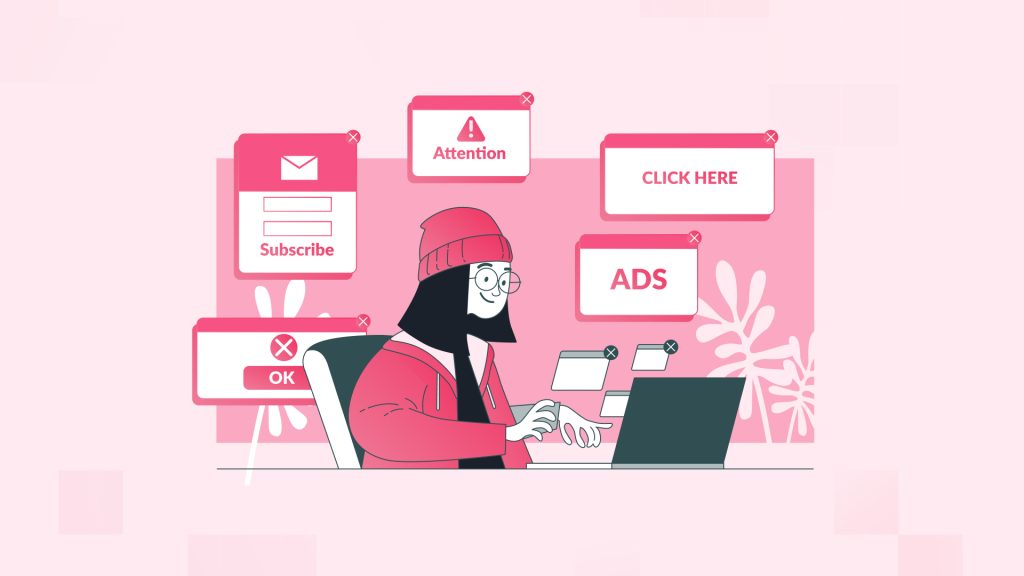
The rise of video content consumption on various platforms is further shaping the future of digital advertising. YouTube, a crucial part of Google Ads, will also have increased integration of more interactive ads that enable consumers to engage directly with the ad content. This trend will most likely also extend to display ads across Google’s network.
That means dynamic content production-whether video or interactive-will be paramount in grabbing an advertiser’s attention. Therefore, advertisers should concentrate on creating effective, high-quality content that enlightens the consumers and lets them join the ad experience.
Increased Privacy and Data Security
Now the consumers’ trust increasingly becoming a keystone of advertising, Google will refine more of its advertising practices and tools around this. Tightening privacy laws like in Europe with the GDPR and a range of privacy regulations in the United States are beginning to influence the collection and usage of data in advertising.
Changing its ad tracking policies is not something new for Google, and it is set to continue on the same trend even in 2025. One of such major changes is going to be the reliance on first-party data rather than third-party, cookie-based tracking- that is, tracking data directly from customers via web activity. Advertisers would now need to focus on developing in-house data collection strategies, which means forming closer relationships with customers and capturing valid opt-in data.
On the other hand, there must be full disclosure by the businesses on how and why they collect data, in accordance with the new regulations on user privacy. Adoption and comprehension of such privacy-focused trends will be pivotal for business organisations regarding the successful operation of their campaigns under consumer preferences.
Local Search and Voice Search Optimisation
A local search will be further important for businesses as a mobile use grows. In 2025, Google Ads will likely focus more on local search by introducing features that allow businesses to optimise ads for nearby users. With increased use of voice search by digital assistants like Google Assistant and Siri, businesses would need to change their Google Ads campaigns to comply with this behavioural change.
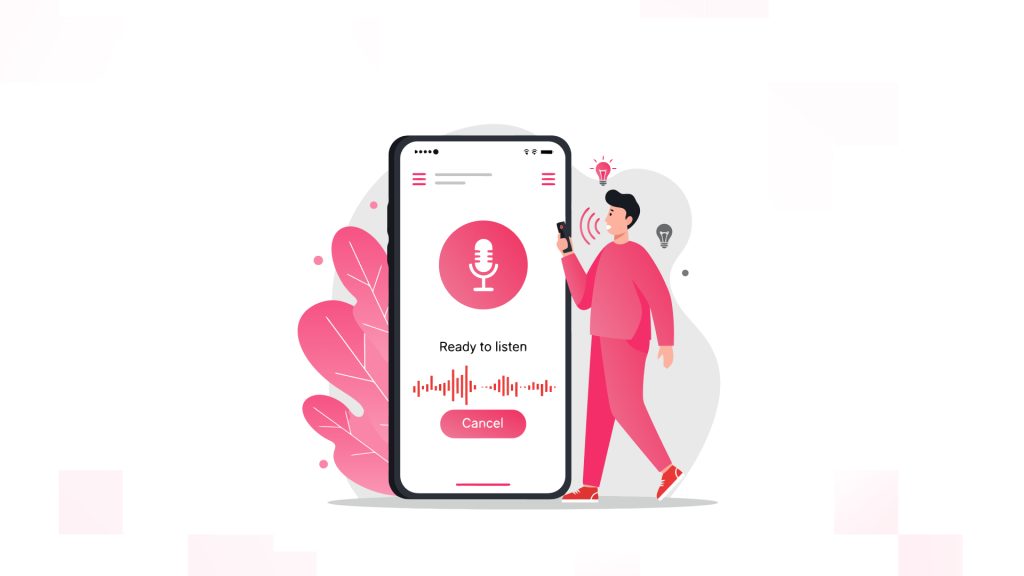
Voice search is more of a conversation, so businesses would need to adjust their keywords into natural language queries. This would mean adding extra-long-keyword phrases that customers might say out loud. Google Ads will increasingly target location-based marketing, which will benefit local businesses when searches are becoming common for products and services in their vicinity.
Need help with generating high-targeted leads and website traffic with Google Ads?
Our Experts Can Help!
Social Integration and Cross-Platform Campaigns
More consumers are now spending more time on social sites and thus Google Ads is likely to extend integration with network sites such as Facebook, Instagram, TikTok. The ability to execute cross-platforms campaigns requires advertising companies to develop and execute comprehensive cross-platform and cross-device advertising strategies.
Ads on Google allow the integration across an array of digital ecosystems to give businesses the capability to run ads over Google Search, YouTube, Google Display Network, and social platforms from a single interface. This all-encompassing approach gives advertisers the chance to conduct a consistent message so that their target audience is more inclined to reach them with several touchpoints.
Mobile First Advertising
The mobile-first trend has seen a tremendous growth in the last few years and likely gain more attention in 2025. More consumers are using their smartphones and tablets to browse the internet, make purchases, and engage with digital ads. Google Ads will continue to roll out mobile-first advertising in the days to come, ensuring that these ads are optimised for mobile.
Advertisers should create mobile-friendly ad formats that load quickly and render well on any type of device. Mobile advertising will also continue to be location-targeted since users are increasingly using their smartphones to look for local products and services.
Conversion Rate Optimisation and Landing Page Quality
Google Ads enable businesses to reach new audiences and drive traffic that can convert into business, sales, leads, or actions on a site So, moving forward in 2025, Google Ads is an additional consideration towards conversion rate optimisation (CRO) for different strategies, notwithstanding the means of gaining visibility. Quality and relevant landing pages linked with the ad message can be critically relevant components of effective user experience or, at best, CRO.
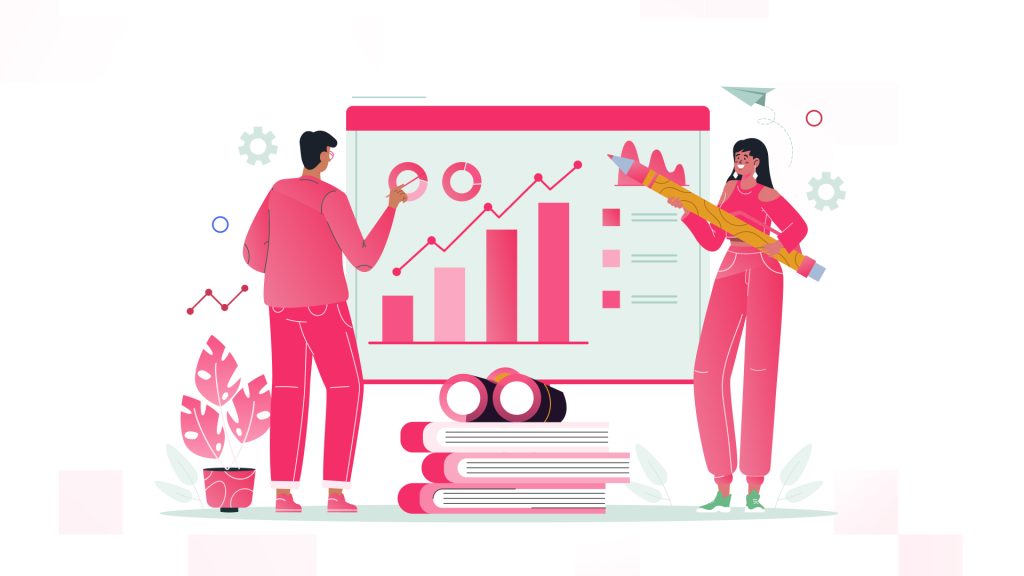
Increasingly, Google will value businesses with well-optimised landing pages, which, as you know, translates into a Quality Score. It’s going to be important, as these landing pages need to be quick, mobile-friendly, and offer a nearly seamless experience. An optimised landing page with clear calls to action and persuasive content can significantly increase the conversion rates of one’s Google Ads campaign.
Further, A/B testing will still matter a great deal. Although AI and automation will take an increasing part of Google Ads, marketers will still need to perform various tests like headlining, ad copy, and CTA usage and placement to determine which works best for their audience. Businesses will continue to hone their continued optimisation of landing pages, which translates into improvement in their ROI and advertising performance.
Google Ads for Ecommerce
As the world of ecommerce continues to grow, Google Ad shopping campaigns will become progressively more important for businesses dealing with online retail. Shopping ads are likely to have an even bigger integration in search results since Google has been working on optimising shopping experiences across devices. Google initiated improving the shopping ad experience by way of live inventory feeds, the latest features like 3D product views, and augmented reality.
For businesses in the ecommerce space, optimising Google Shopping ads is key to ensuring that they target the right audience and enhance the shopping experience. As competition increases, good images, extensive product descriptions, and customer reviews will come more into play with the success of a shopping campaign.
Going forward, as Google Ads further integrates with Google’s Buy on Google, selling on the platform will be a walk in the park. Businesses will need to implement strategies that ensure their products stand out in these ads as consumers get more familiar with shopping directly from search results.
Need a Stunning Google Ads Services?
We Can Help!
Conclusion
The trends of Google Ads in 2025 will definitely offer a lot of future opportunities and challenges to various businesses in many industries. Advanced automation and AI, privacy-enhancing features, the emerging voice search-all will demand constant watch on the current trends to use them in developing successful ad campaigns.
Thus, organisations must adapt to changes in human behaviour, technological innovations, and ever-changing Google advertising features in order to remain competitive. With machine learning continuing to inhabit Google Ads along with other new technologies such as voice search and AR/VR, the ability to keep in sync with these changes will define which business will survive in the digital marketplace.
To keep their Google Ads campaigns alive and thriving, companies must keep themselves updated regarding everything going around them and revamp their tactics accordingly.
 Shopify
Shopify